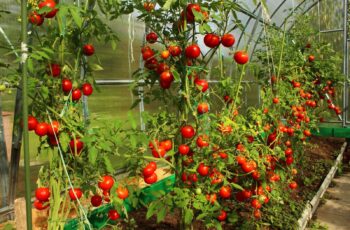Ad Blocker Detected
Our website is made possible by displaying online advertisements to our visitors. Please consider supporting us by disabling your ad blocker.
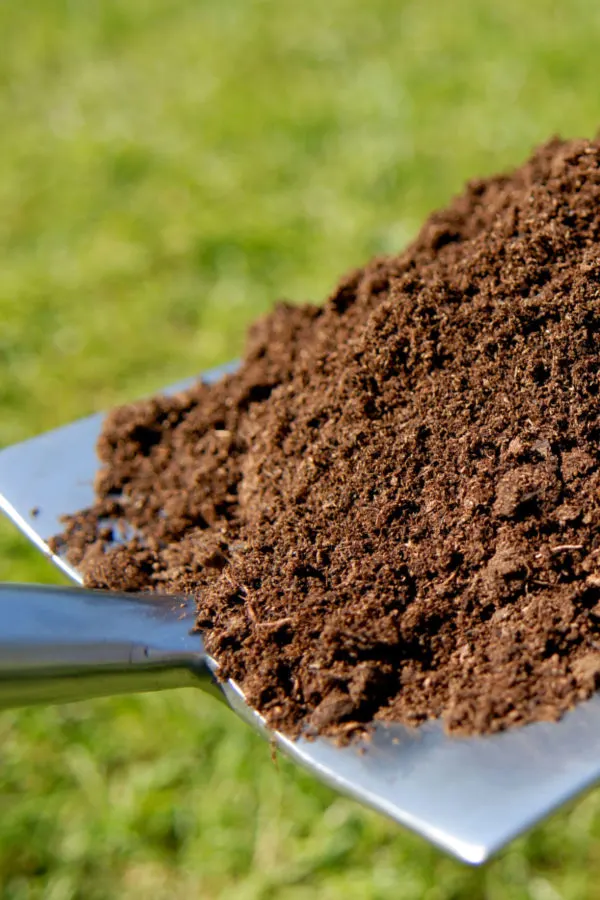
The Benefits Of Using A Two-Bin Compost System
With a two-bin system, you can instantly double your compost production capacity. Gone are the days of waiting for one pile to finish before starting a new batch. Instead, with a two-bin setup, you can have your next batch already in progress.
The benefits of a two-bin system extend far beyond just increasing compost output. Firstly, you can extract materials that decompose slowly from a nearly completed pile and transfer them to the new batch. This allows you to utilize the ready compost and initiate another pile even more swiftly.
Moreover, by transferring some partially decomposed compost from one bin to kickstart a new pile in the other bin, you introduce essential bacteria and organisms crucial for accelerating decomposition. This results in a faster turnaround time, providing you with more compost to use in record time!
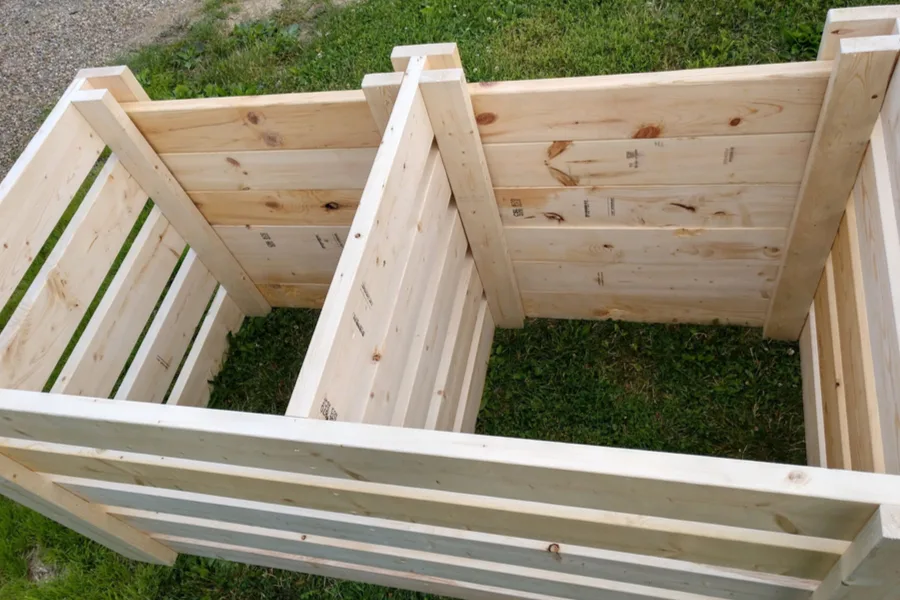
How To Build & Use A Two-Bin Compost System
Constructing your two-bin composter is surprisingly straightforward. Armed with a few essential tools and some untreated 2x lumber, you can assemble a stylish two-bin system in just a matter of hours.
There are crucial factors to consider when building any compost bin. Firstly, each bin should have the capacity to hold at least 3 cubic feet of material. Dimensions of 3′ x 3 ‘x 3’ are considered perfect for a single compost pile.
Smaller piles struggle to retain heat, leading to slower decomposition and prolonging the time required for finished compost. Conversely, larger piles may retain heat well but can prove challenging to manage and turn, not to mention requiring ample space.
Therefore, crafting a double-bin system with two individual 3′ x 3′ x 3′ bins positioned side by side is optimal. This setup provides ample space for each working pile and ensures easy access to both bins.
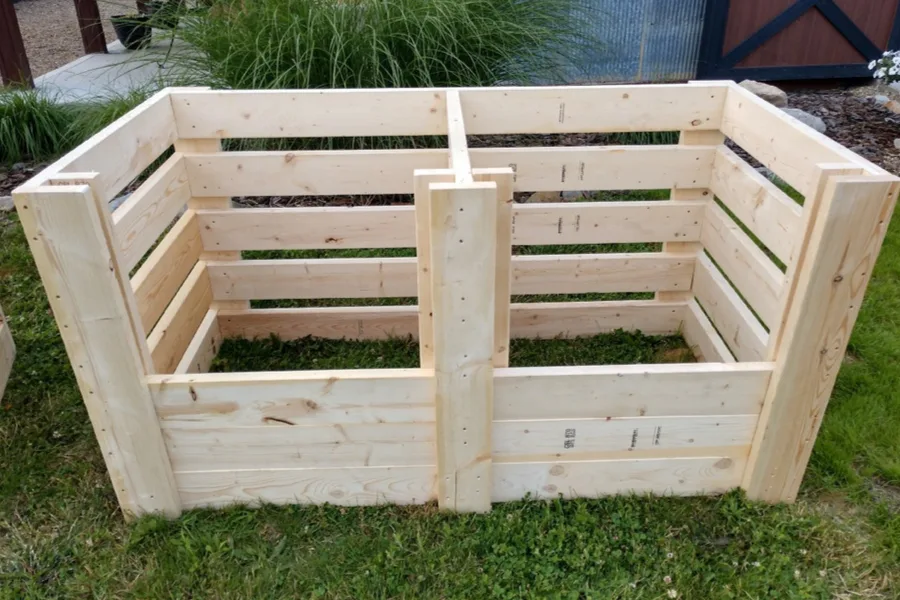
Compost Bin Materials – How To Build & Use A Two Compost Bin System
Standard 2x framing lumber is an excellent choice for constructing compost bins. It’s crucial to use untreated wood for your bins as treated lumber contains a myriad of chemicals that can seep into your compost, posing harm to your plants and yourself.
Untreated framing lumber demonstrates remarkable durability. Additionally, you have the option to paint or stain the exterior (as compost doesn’t come into contact with the outer edges), helping to maintain its appearance over time.
How To Build & Use A Two-Compost Bin System
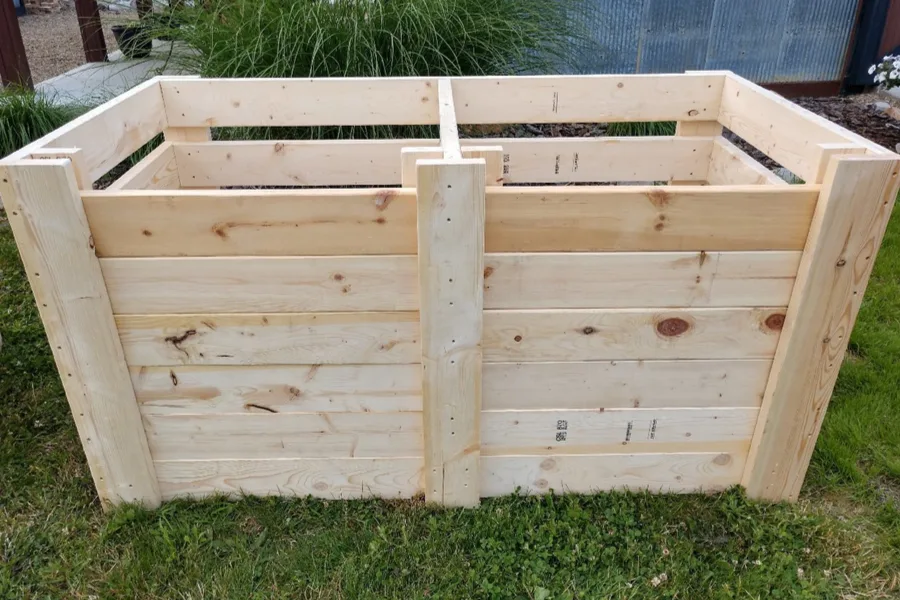
The featured bin below is designed with slat spaces on the sides and back, facilitating excellent airflow to the pile. Its front section incorporates removable wood slats that can be easily slid in and out to facilitate working with the pile. This feature is particularly convenient for concealing the pile when not in use.
To construct the double compost bin, you will need (11) 2 x 6 x 12’s and (1) 2 x 4 x 12′ board. The 2 x 6 x 12’s can be readily cut down to form the primary 6-foot sections for the front and the smaller 3-foot sections for the sides. Once again, opting for 2x lumber is essential for durability, as thinner boards measuring 3/4 inch or even 1 inch are prone to warping and rotting too quickly.
Tools & Fasteners
Using screws for assembling any wooden bin is highly recommended. Not only does it expedite the assembly process, but screws also provide superior board retention compared to nails, which tend to loosen over time.
As for tools, you’ll require a saw for cutting straight boards. A chop saw, circular saw, or even a hand saw will suffice. Additionally, a power screwdriver/drill and a 1/8th inch drill bit for pre-drilling screw holes are all the tools you’ll need.
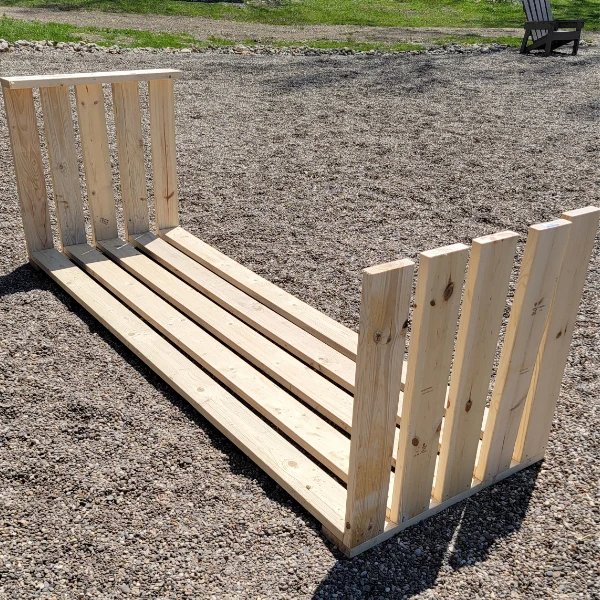
Not only is the compost bin effortlessly assembled, but it also complements any surroundings with its appealing appearance! The 3-foot sides and 6-foot back form a “U” shape, with a straightforward middle section dividing the two bins into (2) 3-foot sections. A 2 x 4 is then utilized on each front side to establish a channel for the front slat boards to slide in.
This open-top composting bin system facilitates easy access and optimal airflow, making compost maintenance a breeze. If desired, it’s quite simple to fashion a lid or cover for the bin. Here’s to creating and utilizing a double compost bin system – ensuring a never-ending supply of compost!

